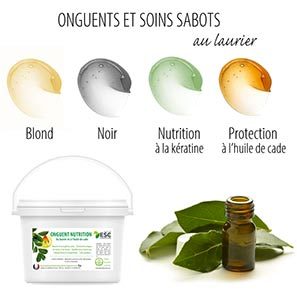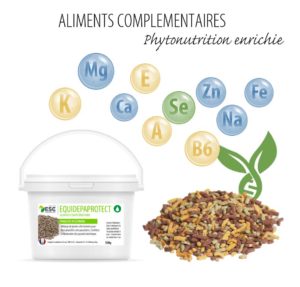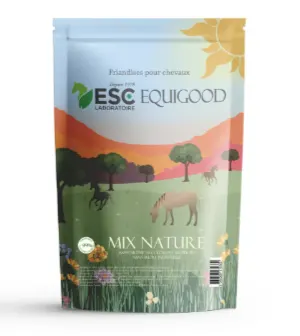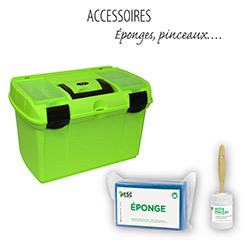The growth of the foal is rapid especially during the first months of life. With an average weight of 50kg at birth, the foal will take about 1kg per day until weaning. At that time, he will have multiplied his birth weight by 5 and weighed 40 to 50% of his adult weight. Given the important needs during the first month of life, it may be tempting to supplement the feeding of a foal still under the mother, although there are risks of developing joint disorders.
The horse, by its morphology is subject to many osteoarticular frailties from an early age. In fact, joint cartilage consists of very fragile tissues that are difficult to renew when damaged. Also most often, frailties affect the joint cartilage and/or subchondral. The most common pathologies are osteoarthritis (degradation of joint cartilage), osteochondrose (default of ossification at joint level) and navicular disease (chronic inflammation of the hoof).
It is possible to detect these frailties early enough by monitoring the appearances, stiffness, lameness. After diagnosis of the veterinarian, the necessary treatment should be adapted in order to relieve pain (with plants rich in salicylated derivatives for example) and help to reconstruct joint cartilage with suitable enriched supplements.









